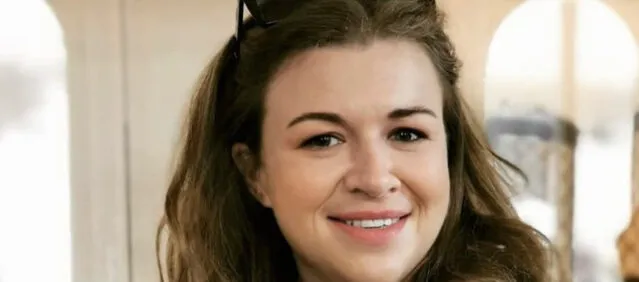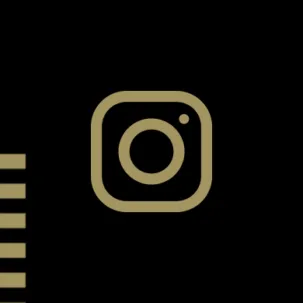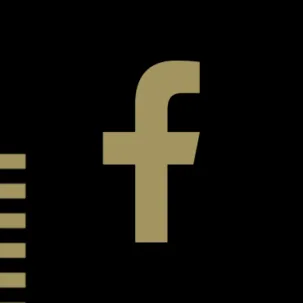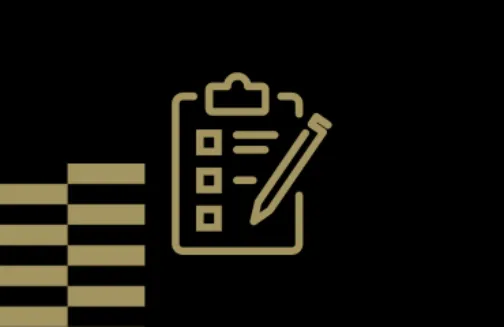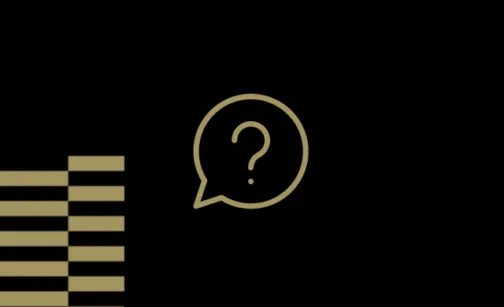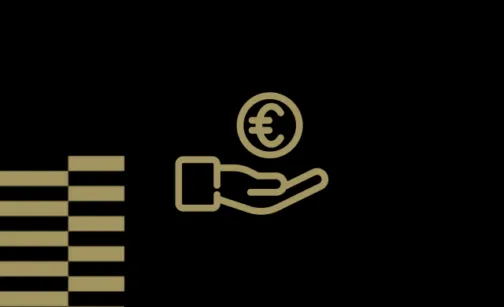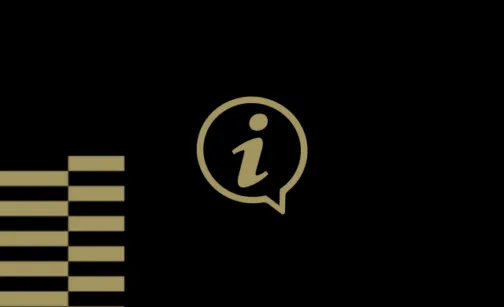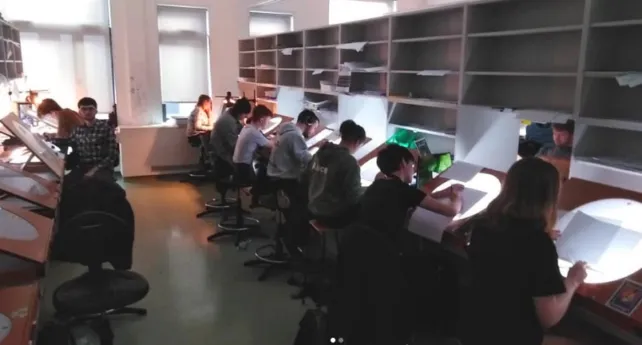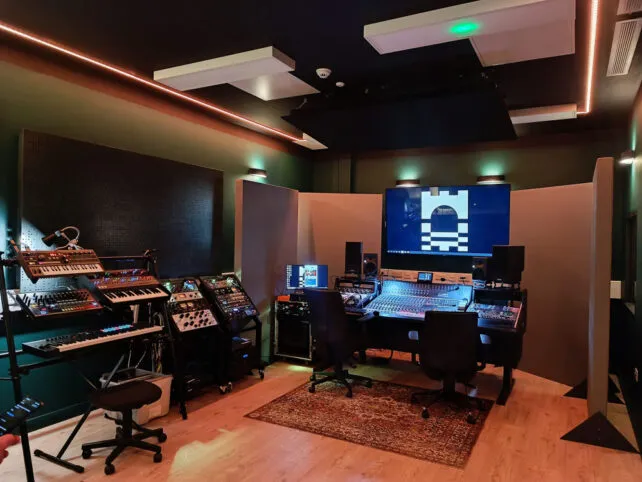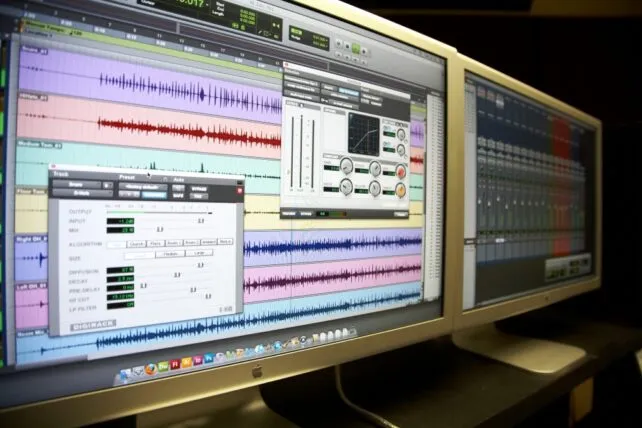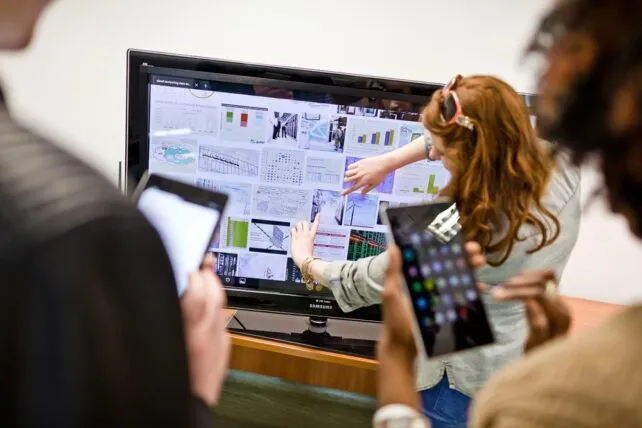Additional Information
Graphic Design Portfolio Requirement.
Contents and inspiration for your portfolio can come from many sources including for example, Leaving Certificate subjects such as Art, Music, Design & Communication Graphics, Technology, Construction Studies, Engineering, Computer Science and Home Economics. Portfolio work can consist of projects you completed in Secondary School or on a PLC and which you have recorded via photographs or video. Not all the work needs to come from an educational setting. There is no formula for a portfolio it is as individual as the person putting it together. However, we will ask you to be selective and limit it to 20 pieces. So, select the work that you feel best about and that you think represents your creativity/skillset best.
Applicants can choose to be assessed via one of the following options:
- For assessment, we ask each applicant to be selective and limit their submission to a maximum of 20 of their best pieces. The work can be individual or related pieces and should represent the best skills of the applicant. If the applicant’s strengths are in problem solving, they may submit research/visual development as one of the three. Again, work submitted should reflect the strengths and personality of the applicant; be that in illustration, painting, print, typography, photography, graphic design, film or showcase the visual development/research of your work. Please see link enclosed to find about more about the portfolio https://tus.ie/LSAD/portfolio/
The portfolio can be presented in person or applicants can submit their three pieces digitally. The portal for uploading the digital portfolios will open from the 14th to the 28nd March 2025 inclusive and applicants will be contacted via email with the link.
Or alternatively:
- Applicants may choose to participate in an applied project, which will be carried out remotely/ electronically in March 2025. Applicants who choose the applied project option will be issued with the project brief, and staff will guide them in the process through workshops and live advice online. The resultant project will subsequently be assessed.


